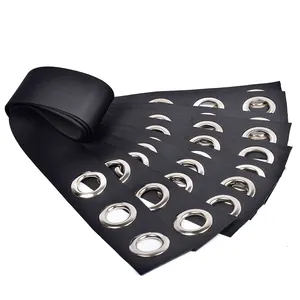


















Belt tear is a common issue faced in various industries, where the integrity of conveyor belts is crucial for operational efficiency. This term refers to the physical rupture or damage to the belt material, which can lead to significant downtime and maintenance costs. Understanding the causes and prevention of belt tear is essential for businesses that rely on conveyor systems for their daily operations.
There are several types of belt tears that can occur, ranging from minor surface abrasions to complete severance. Edge tears, longitudinal splits, and punctures are some of the most frequently encountered forms. Identifying the type of tear is the first step in addressing the problem, as each requires a different approach in terms of repair and prevention.
The material and construction of a belt play a pivotal role in its susceptibility to tearing. Belts can be made from a variety of materials including rubber, PVC, fabric, and steel cords. The choice of material often depends on the application and the environmental conditions to which the belt will be exposed. Understanding the properties of different materials can help in selecting a belt that is less prone to damage and tear.
Belts designed to resist tearing are essential in industries where sharp objects, heavy loads, or harsh conditions are common. Features such as rip-resistant fabrics, reinforced edges, and impact-resistant covers are integral to enhancing the durability of belts. These belts find applications in sectors like mining, recycling, and material handling, where the risk of belt tear is significantly high.
Opting for tear-resistant belts can offer numerous advantages, including reduced maintenance costs, minimized downtime, and extended belt life. While no belt is impervious to damage, selecting a belt with high tear resistance can greatly mitigate the risk and impact of a tear occurring. This selection is a strategic decision that can improve the overall efficiency of a conveyor system.
Selecting the right supplier is crucial when sourcing belts that are less prone to tearing. A supplier's expertise in providing belts with the appropriate material composition and features for specific applications is invaluable. Collaboration with a knowledgeable supplier can ensure that the belts chosen are suited to the operational demands, thereby reducing the likelihood of belt tear incidents.
Please note that the information provided here is for general guidance and does not guarantee the performance of any product. For specific belt tear solutions, it is recommended to consult with a professional supplier on Alibaba.com.